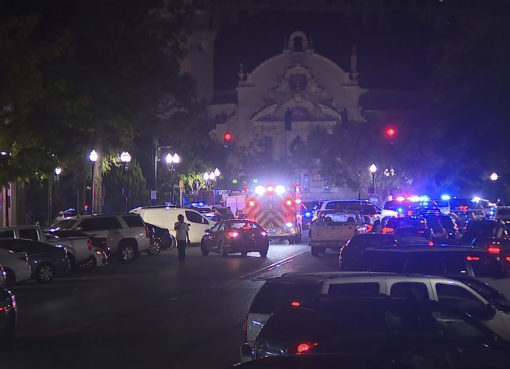The U.S. Department of the Treasury’s OFAC has sanctioned a Russian one-way attack UAV developer, which solicited donations in crypto on Telegram.
The U.S. Department of the Treasury’s Office of Foreign Assets Control (OFAC) on May 1 sanctioned nearly 300 individuals and entities in a bid “to limit the Kremlin’s revenue and access to the materiel it needs to prosecute its illegal war against Ukraine.” In a press release, OFAC said the sanctioned entities have enabled Russia to acquire “desperately needed technology and equipment from abroad.”
One of the sanctioned individuals appears to be a developer of unmanned aerial vehicles (UAVs) called the OKO Design Bureau. According to a blockchain forensics firm Chainalysis, the Russian drone maker operated a Telegram channel where it solicited donations in crypto. OFAC has sanctioned three crypto addresses associated with the Saint Petersburg-registered firm:
- BTC: 13fhnkmpBBWXUQucJd6efWvXdEj78DKavk.
- ETH (including USDT): 0x19F8f2B0915Daa12a3f5C9CF01dF9E24D53794F7.
- TRX (including USDT): TFdTr9C3BqQrzKBXqSxJfAZFTh8UwBAfSg.
Researchers at Chainalysis say that the aforementioned addresses are listed underneath detailed descriptions and videos of OKO Design Bureau’s operations on Telegram, including testing with the Russian Ministry of Defense, and “usage of their UAVs against Ukraine.”
However, OKO Design Bureau “had limited success” in their Telegram crypto donation efforts, the researchers say, adding that the firm raised well under $1,000 in total collection. Although OKO Design Bureau’s total crypto activities were limited, Chainalysis notes this is not the first time Russian militia groups explicitly detailed their military operations while publicly soliciting crypto donations.
According to the New York-headquartered blockchain firm, over 50 volunteer groups committed to crowdfunding Russian military purchases, “spreading disinformation, and creating pro-invasion propaganda.” The analysts say the organizations had received roughly $2.2 million in donations by July 2022, although it’s unclear whether that dynamic has grown or declined since then.



